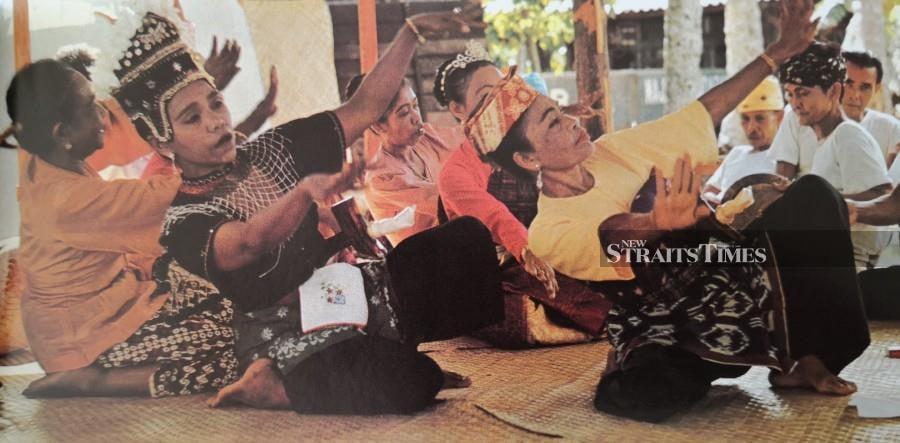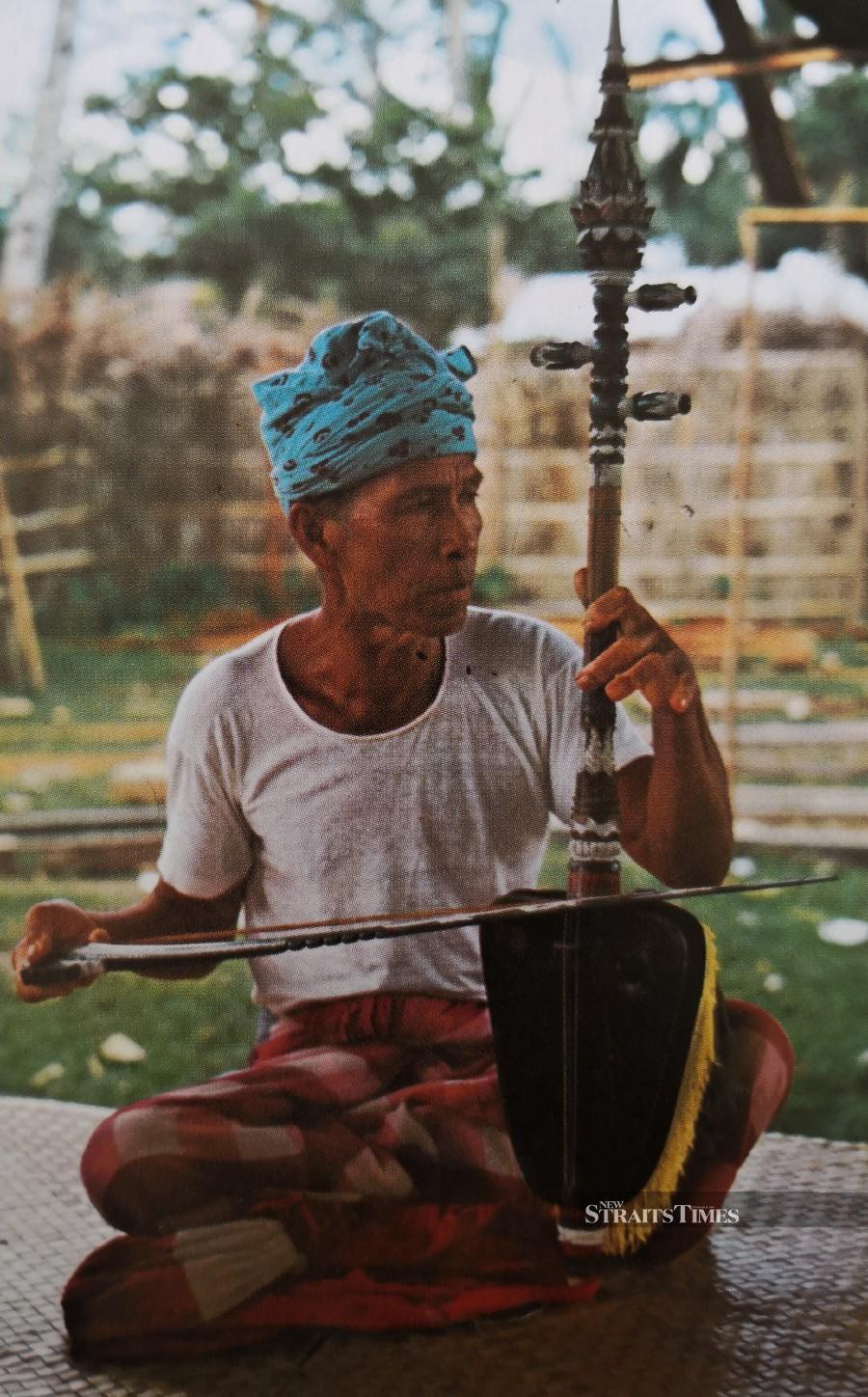Time running out for wayang kulit, Mak Yong? August 13, 2019 – Posted in: In The News
By Veena Babulal – August 12, 2019 @ 1:23pm

FEAR, ignorance and insecurity over Mak Yong and Wayang Kulit may see the two iconic cultural traditions eventually die out.
Its artistes’ inability to move with the times to safeguard the cultural traditions may also contribute to their demise, said Associate Professor Dr A.S. Hardy Shafii.
The director of Dewan Budaya Universiti Sains Malaysia made his observations from years of studying the two cultural traditions, especially Mak Yong.

This was further affirmed through a presentation of a syariah-compliant Mak Yong performance, which the Kelantan Department of Arts and Culture hosted for some 20 Kelantan state officers, including state executive councillors and mufti, that Hardy attended, earlier this year.
“Some who were born and raised in Kelantan and had been in the government for years admitted to not having seen a Mak Yong performed before.
“This included the mufti and a few exco members.
“And they were shocked to see the use of Surah Yusuf in the Raja Besar Maha Gading repertoire.
“This verse had also been the mainstay in Mak Yong performances here since the 14th or 15th century.
“They thought it was all khurafat (superstitious), but then they saw the show and realised this repertoire with the (Quranic) verses was the same thing they said was haram (forbidden).
“It’s a start but it’s been a long time coming,” he said.
Hardy said the presence of the state officials at the cultural performance itself says a lot.
The presentation for the state officers had come about after the United Nations Educational, Scientific and Cultural Organisation (Unesco) called on Kelantan to lift the ban on Mak Yong.
Unesco had proclaimed Mak Yong a Masterpiece of the Oral and Intangible Heritage of Humanity in 2005.
Hardy said these days even sanitised versions of Wayang Kulit and Mak Yong, which are native to Kelantan, are a rarity in the state due to the ban.
“It’s more commonly performed in Kuala Lumpur than its birthplace in Kelantan.
“You may see one or two sanitised performances of Mak Yong, quietly performed in universities and institutions, but not in public.
“What is weird though is that the healing ritual of Main Puteri, which is far more questionable in terms of it having un-Islamic elements, is performed openly everywhere in Kelantan.”
This year marks the 28th year of the ban on Mak Yong, Wayang Kulit, Menora and Main Puteri in the state.
The Terengganu government also issued a similar ban when Pas took over in 1999.
The argument, according to the respective state authorities, is that the cultural traditions are un-Islamic and foreign.
“The fact that Pattani, Kelantan and Terengganu had been the bedrock for religious thinkers from the days of the Malay Pattani Kingdom to the present day, and the inclusion of the surah in Mak Yong and its development in the Islamic royal courts of Kelantan, are sound arguments against this close-mindedness,” said Hardy.
Yet another dimension which is not commonly discussed, he said, is in regard to the resistance to change on the part of custodians of Mak Yong, who are unyielding in letting go of the deeply controversial ritual of “Buka Panggung” which invokes spirits.
“And on the opposing side, cultural proprietors or performers who want the traditions to thrive but are nevertheless oblivious or don’t care of the risk in not adapting to the state’s will, could mean an end to the tradition.
“They need to have the confidence that the essence of the traditions will be passed on if they find a middle ground,” said Hardy.
He said the tussle between those who are against the cultural tradition and those seeking to preserve it had been going on for the past 28 years.
In the end, traditions such as Mak Yong and Wayang Kulit may lose out.
“We can already see this happening with Mak Yong Pattani where the young people are not interested.
“It is sad because there is an entire generation of Kelantanese who do not know what it is, but you can’t blame the people because it’s banned.”
Hardy said Kelantan needs to realise that when people do not know about their own culture, this could also undermine the community.
He said the state’s strict stand on the matter is why the current generation of youth has a natural tendency to take up Western and foreign cultures.
Pusaka founder and director Eddin Khoo said the impact of the 1991 ban could not be foreseen 30 years ago.
“There is an entire generation of young people (now) who have no link to their local traditions.
“What is closest to you has become foreign.”
Khoo said religion and religious authorities are not the stumbling blocks in preserving cultural traditions, but rather attitude and perception.
He said a strict religious approach has also caused Mak Yong and Wayang Kulit performers to philosophise and intellectualise what they did in religious terms.
Arts-Ed founder Janet Pillai said it is quite all right for Mak Yong and Wayang Kulit to be reintroduced by using more contemporary elements.
“Breaking it up from its rituals and treating it as an educational tool using multimedia and other such technologies will allow us to transcend politics.
“And we can discuss syirik (polytheism idolatry) and khurafat on another platform.
“We should also not mix the rituals up in education, if the parents and teachers are against it.
“You will also face less resistance.”
The original article first appeared in The New Straits Times on 12 August 2019.
